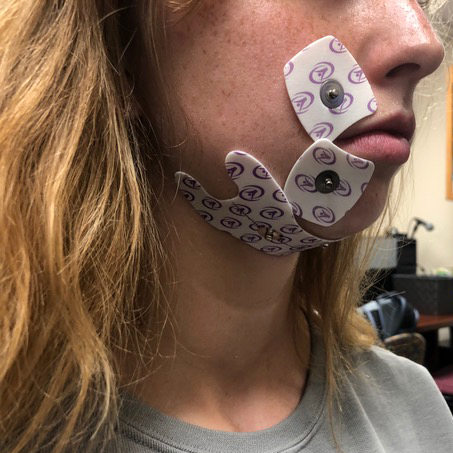We’ve all heard about how important it’ll be for us to work collaboratively with those in related professions—physical and occupational therapy, to name a couple. It’s also important for us to collaborate with students enrolled in related programs now too. But what about collaborating with other programs that you wouldn’t initially think of as being related?
Collaboration Between CSD and Engineering Departments
The University of Alabama (UA) offers a unique opportunity for this type of collaboration. The Research Experience for Undergrad (REU): Engineering Sensors Systems and Signal Processing for Speech Pathology provides collaborative research opportunities for undergrads in the Department of Electrical and Computer Engineering and the Department of Communicative Disorders. Multidisciplinary teams lead research projects that focus on image analysis, sensory design, algorithm development, and information processing to support advancements in the fields of audiology and speech-language pathology.
Using Electrodes to Record Muscle Activity During Swallowing
Last summer—under the direction of UA faculty, Dr. Memorie Gosa, PhD, CCC-SLP, and Dr. Todd Freeborn—I had the opportunity to partner with Peyton Brantley, an electrical engineering student, on a research project that involved using electrodes to record the muscle activity of oral-facial and pharyngeal muscles while swallowing.

Basically, we’re using electrodes placed on the skin to measure muscle activity in the face and throat while swallowing. We hoped to explore new measures that can be obtained from sEMG technique for description of normal values for swallowing various amounts of water. This was an amazing opportunity for me to learn about swallowing in a way that can’t be accomplished in the traditional classroom environment.
So far, we’ve recruited 25 healthy young adults and placed non-invasive electrodes to the suprahyoid and orofacial muscles. We gave each participant different volumes of water to drink and monitored the muscle activity through the electrodes. This data provided us with vast information on the duration and peak muscle activity during swallow, which varied based on the volume of liquid swallowed. It’s important because this additional information helps us understand what normal variation of muscle activity looks like during swallowing across the lifespan.
Insights We Gained
This experience has been amazing for me as I begin to transition out of grad school and into the professional world. It’s opened my eyes to a whole other world related to speech-language pathology—like looking behind the scenes. We use sEMG in our field, but do we actually take the time to understand how they work and the programming and data analysis that comes out of it? Working with Peyton, I’ve been able to see a side of research I wouldn’t have normally been able to observe if I hadn’t had this amazing opportunity to collaborate with the engineering department.
Peyton and I also worked together to filter and organize the data for analysis. Having this opportunity to collaborate with an engineering student promoted active inquiry and partnership in interdisciplinary studies, as well as encouraged teamwork between seemingly unrelated fields.
This experience also broadened my understanding of sEMG and its various applications for dysphagia assessment and treatment. It opened my eyes to the many opportunities for team science and I’m hopeful to continue finding ways to participate in multidisciplinary research as a future SLP.
This research has not only been important to me and my personal experience, but it’s been an amazing opportunity for both the SLP and engineering fields. I believe more SLPs and engineers should collaborate. Sometimes it takes a mind looking from another perspective to really make something amazing. The thoughts and ideas from both sides of this project have really made it what it is today.

